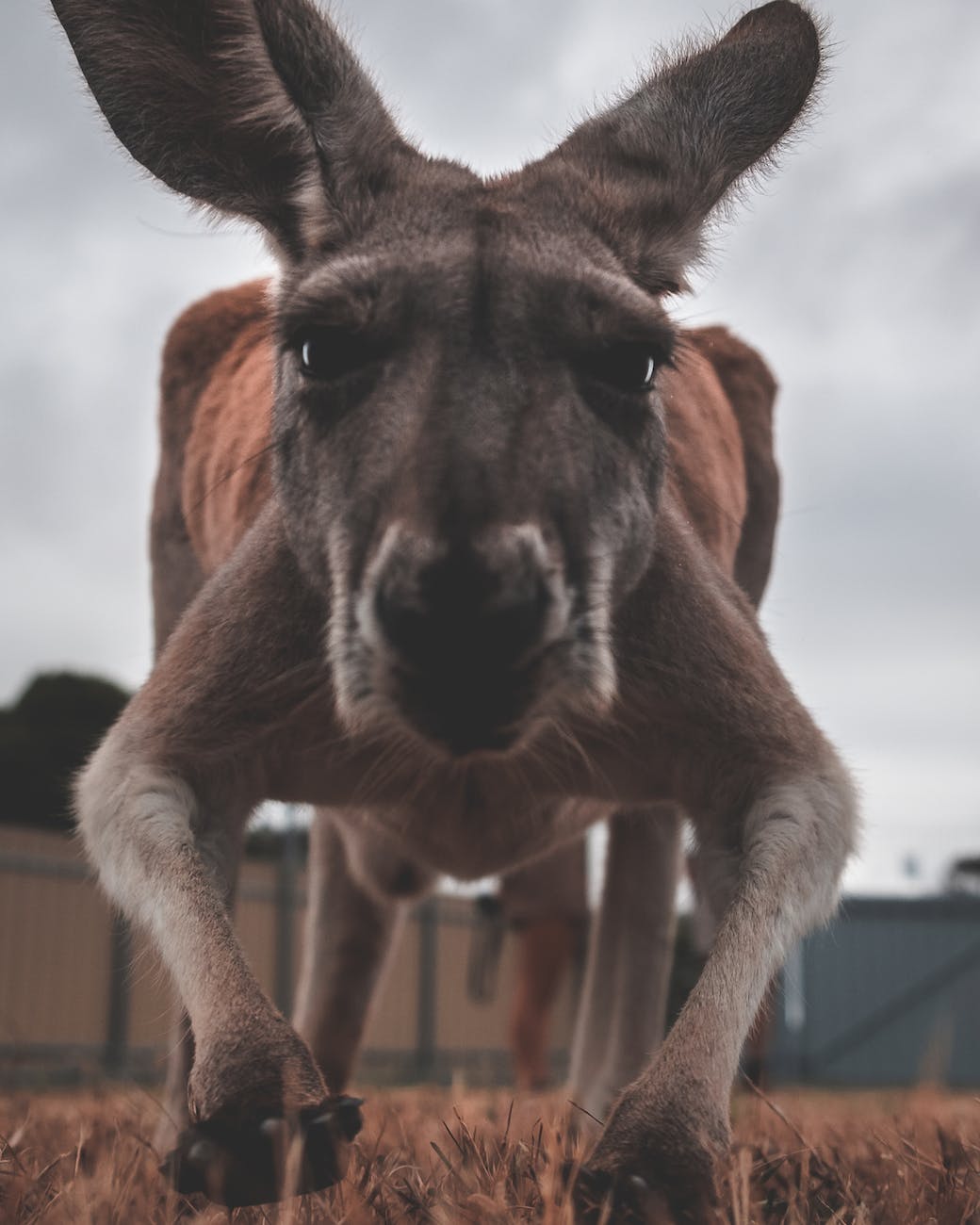All boxers know that balancing and adjusting our weight is one of the most crucial aspects of good form. That’s why getting your stance right early on makes all the difference. And while it will be slightly different for everyone, the general rule of thumb is that most of your weight should be in your center and somewhat more on your back leg. During a fight, you’ll adjust your weight as you move around, but at no time should you have most of your weight toward the front of your body.
The other day I was watching a nature documentary about kangaroos and how the males fight over potential mates. Their fighting is instinctual, not for sport, but they are one of the few animals that actually “box” like humans (Hares do this as well). I have to admit it’s fascinating to watch kangaroos fight because they stand and throw punches at each other with such athletic skill! So much so that I learned a few things watching these badass animals go at it for a few rounds.

When two kangaroos box (and kickbox), they rely on their strong hind legs for balance and power. They also maintain their stable posture by using their core muscles, and they coordinate between their hind legs and forelimbs to generate effective punches. But they have one key asset humans don’t have: a tail. And not just any tail, mind you. Kangaroo tails are extremely powerful and heavy, so this forces their weight to the back of their body, effectively stabilizing them by default. These creatures have been BLESSED that way. Natural-born boxers!
I (sadly) don’t have a big strong Kangaroo tail to stabilize me, but watching these animals and their advantage reminded me that I could use my weight more effectively. As a short boxer with a low center of gravity, developing very strong legs and perfecting my weight distribution have been game changers. Punching technique is important, but not nearly as important as footwork, balance, and weight distribution.
I always understood this in theory, but I wasn’t putting it into practice until about six months ago. I had to find a great boxing trainer to show me what I needed to change. Once I found one, and he taught me how to leverage and shift my weight, improve my balance, and correct my stance, everything changed. When I finally had a firm foundation to work from, I could then begin to develop muscle memory, which I’ll discuss in another article.
If you’re new to boxing and still figuring out how to move, now is the perfect time to make sure you have proper form, you’re in a good stance, and you’re shifting your weight appropriately when you move. Practice your foundations by shadowboxing, and pay attention to where your weight shifts when you step, throw a punch, slip, and so on.
Your best bet is to find a knowledgeable boxing coach (not a boxing for-fitness trainer!) and if that’s not possible, there are always kangaroo videos….
